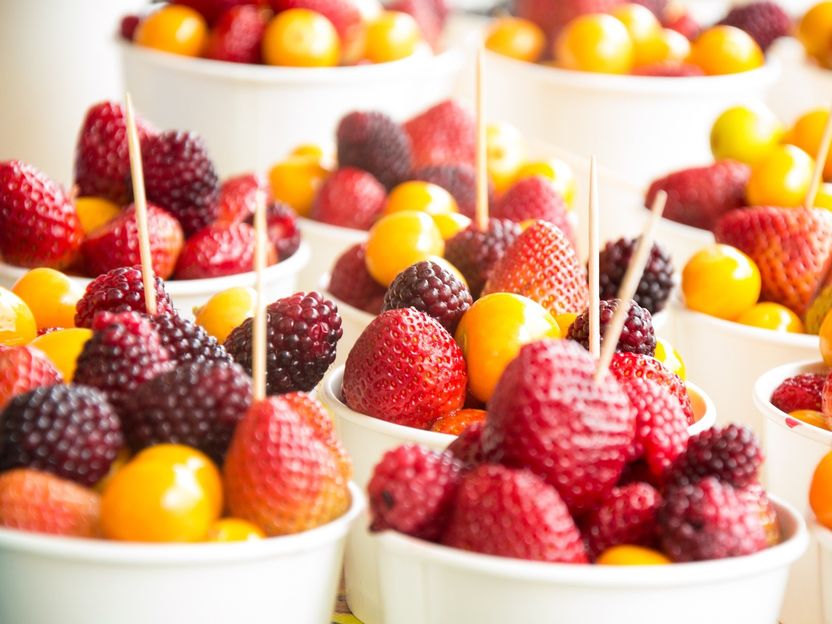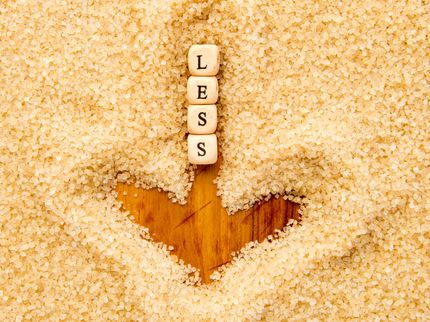It's time to reduce sugar in Latin American packaged fruit
Shelf-stable fruit products contain too much sugar to be truly healthy
Added sugars are becoming a target of regulations across Latin America, creating new pressure for manufacturers to reduce the sugar levels across products. Shelf-stable fruit products like fruit cups could serve as a healthy treat, but many are loaded with added sugars, mainly in the form of syrups.

Idearriba / Pixabay
In light of growing health concerns around COVID-19, there is an opportunity to make consumers more aware of the natural goodness of canned fruit – and even add in additional ingredients like seeds to make fruit cups an all-in-one healthy snack.
Packaged fruit has potential as a permissible treat, but high sugar content could be an issue
Regulations around sugar reduction are amping up in Latin America. In Mexico, for example, the state of Oaxaca passed a ban in August 2020 that forbids the sale, distribution and promotion of sugary drinks and junk food to children. The same month, the state of Tabasco voted to ban the sale of sugary drinks and highly processed foods to anyone under 18.
These bans come right before Mexico’s October deadline for food and drink companies to display black stop sign labels on products high in added sugar, added sodium, saturated fats and calories.
These regulations will put increased pressure on high-sugar food and drink, and there is an opportunity for natural foods like fruit cups to become treats that are more permissible than cookies and candy. However, the kinds of shelf-stable packaged fruits currently sold in LATAM are loaded with added sugars, mainly in the form of syrups. While these syrups make the fruit tasty, they limit the products’ potential to be seen as a healthy convenience product.
Packaged fruit should reformulate to remove or reduce added sugars in order to stand out as a more permissible, healthful option compared to the sugary “junk foods” that will be forced to bear the new stoplight labels.
LATAM countries move to regulate added sugars
Ecuador
In 2014, Ecuador mandated labeling of all processed food products and beverages sold in Ecuador with a traffic-light-type label that highlights sugar, salt and fat content.
Peru
In 2014, Peru introduced a graphic system for labeling foods and drinks, using colors to designate if a product contains a high, medium or low percentage of sugar. It became mandatory in 2019.
Chile
In 2016, Chile implemented a law that stipulates a high tax on beverages with high sugar content, in addition to restrictions on the marketing and commercialization of these products, and adopted a model of warning labels.
Brazil
At the end of 2018, several beverage industry associations signed an agreement with Brazil’s Ministry of Health that was aimed at reducing sugar levels of products. The goal is to reduce sugar consumption by 144,000 tons in Brazil by 2022.
Shelf-stable fruit products contain too much sugar to be truly healthy
In Latin America, fruit cups and other shelf-stable options could serve as a more permissible alternative to “junk food,” but they come with their own nutritional issue: most of them are loaded with added sugar.
Other categories in these markets, though, have begun to address sugar reduction. In juice, for example, brands are swapping in naturally sweet juices and natural sugar alternatives like stevia.
Packaged fruit brands should consider taking a similar route. Reformulating to reduce added sugars in packaged fruit will make these products stand out as a permissible alternative to products that bear traffic light or other warning labels. This positive perception could drive usage in a region where consumers primarily use fresh options.
Health is becoming a greater priority in Latin America
COVID-19 is driving consumers around the world to think more critically about their health. According to Mintel’s COVID-19 Tracker, more than half of Brazilians say eating healthily has become a higher priority due to COVID-19, while nearly three-quarters of Peruvians say they are regularly consuming immune-boosting foods. This shift in mindset represents an opportunity for packaged fruit brands to help LATAM consumers increase their fruit consumption in the pursuit of health.
Despite fruit being popular – nearly three-quarters of Brazilians snack on fruit – consumption in Latin America does not reach the level recommended by the World Health Organization. Packaged fruit can help consumers understand the unique health benefits present in different varieties through on-pack communication, and brands can also create “antioxidant blends” or other formulations that can help consumers ensure they are putting their health first without sacrificing convenience.
Packaged fruit can provide healthy convenience
While most LATAM consumers purchase fresh fruit at traditional markets, packaged fruits have unrealized potential as handy, healthy snacks or desserts. Because the fruit is pre-cut, it can be easily consumed on busy days, whether at work or at home. In addition, these products could add nutritionally beneficial ingredients like seeds and other ingredients that fresh fruit cannot provide.
Packaged fruit brands can also do more to position fruit cups and other shelf-stable options as an easy and convenient way to get the health benefits that fruit offers. This message could be strengthened through the use of sugar alternatives like stevia or naturally sweet juices that could transform packaged fruit into the “total package” of health, convenience and taste.
What Mintel thinks
New regulations in Latin America are shining the spotlight on products with added sugars. Packaged fruit products in LATAM will face increasing scrutiny thanks to their high sugar levels and extensive use of syrups. That makes this a critical moment for brands in the region to reformulate with sugar reduction in mind.





























































